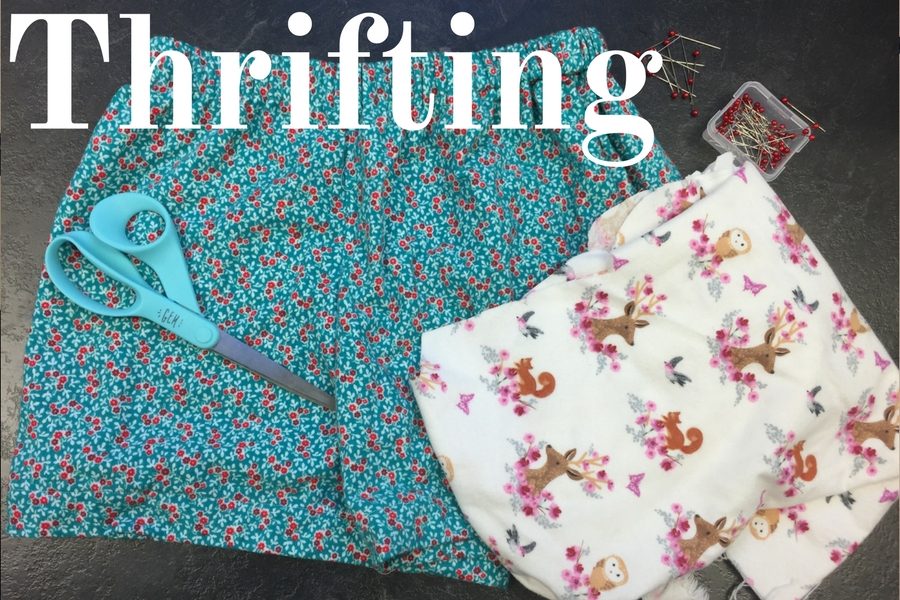How to thrift
Reasons to thrift:
- save money.
- style: you can find lots of new or gently-used items from retail stores, vintage items or unique pieces that other people won’t have.
- It’s good for the world. Thrifting saves clothing from landfills: 26 billion pounds of clothing and textiles go into landfills each year. And you don’t have to support forced labor/sweatshops or unethical practices from mass production
Thrifts stores I frequent:
Before You Go:
Know the return policy at the store you go to.
Wear basics, like jeans/leggings/shorts and a t-shirt with a layer like a button up or jacket and sneakers or slip-on shoes. Don’t forget to wear socks, in case you want to try on shoes.
What to Take:
- Tote bag of some sort. Most thrift stores use plastic bags, so turning those down equals less plastic bags being wasted.
- Measuring tape
- Phone. You can use your phone to calculate prices and sales, as an inspiration tool to help you judge items against a style that you want to emulate or to look up items if you are curious about their original value or validity.
- Hand sanitizer
- Take a friend. It’s way easier to thrift with more than one opinion, and you are more likely to find more things when you have multiple people looking.
While you thrift:
Be safe.
- Thrift stores are like any store, they are public places and you need to take safety into consideration.
- Take a friend
- Know the area; make sure it’s safe
- Pay attention to your surroundings
Sometimes it’s nice to listen to music while you thrift, especially if you know the store well and won’t get distracted by what you’re listening to.
I have a thrifting playlist, but thrifting usually takes a few hours, so it can also be a nice time to listen to a new album.
Check the items that you are purchasing
- Check for stains
- Make sure buttons/embellishments are secure and not missing
- Make sure that zippers are functional, etc.
After you buy things:
Make sure you wash them. Thrift stores can be unsanitary. Be sure to check the tags to see what special instructions are given for your item or find out what material it is made of and research how to wash it.
It’s nice to know how to sew, so that you can make minor alterations and repairs if necessary.

